`Rustbucket’ perception dogs Tugun Desalination Plant a decade after its conception
WHAT’S the truth about the Tugun desalination plant? Take a tour inside as we bust the myths surrounding one of the Coast’s most controversial pieces of infrastructure.
Gold Coast
Don't miss out on the headlines from Gold Coast. Followed categories will be added to My News.
WHEN at a barbecue and asked “what do you do mate?”, Scott Murphy cringes as he answers “I manage the Tugun desalination plant”.
He’s used to what comes next: “that’s a white elephant”; “that useless rustbucket?”; “has that thing ever been used?”.
Scott is happy to correct the perception that has dogged the facility since its conception a decade ago. He was there from the start as Queensland choked on the dust of the record-smashing “Millenium drought” and water supplies fell below critical.
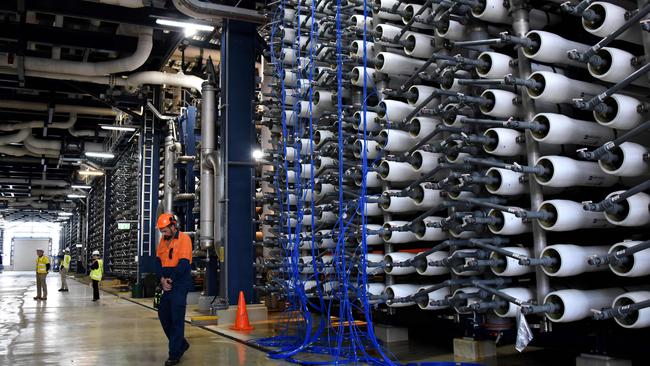
It began as a series of low-rainfall years in the mid-90s and worsened from there as one failed wet season followed another for more than a decade.
Governments panicked, showers shortened, gardens withered, cars were coated with dust and a proliferation of rainwater tanks sat dry and useless in browning backyards.
Four years passed without natural supply flowing into southeast Queensland dams.
Seawater was everywhere, but there was not a drop to drink, so capturing it seemed logical — even for $1.2 billion.
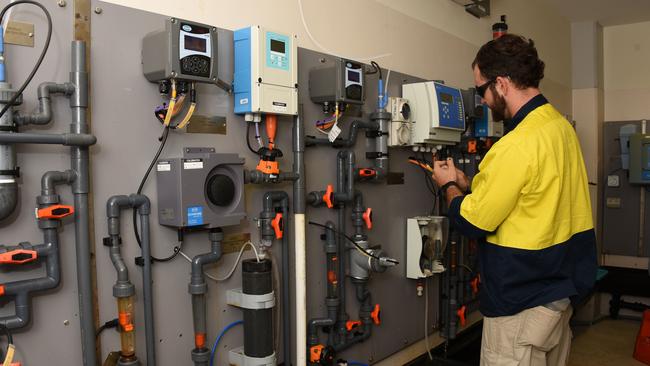
The Tugun Desalination Plant, based on technology developed by NASA about 30 years earlier, was handed over to the Queensland Government in September 2010, about 12 weeks before the drought broke in dramatic fashion.
Swamped Queenslanders, many of whom had already reduced their water consumption by two thirds, started thinking about other ways that billion could have been spent.
Ironically those floods knocked out the key Mount Crosby water treatment plant in Brisbane so Tugun was critical in maintaining the state’s supply.
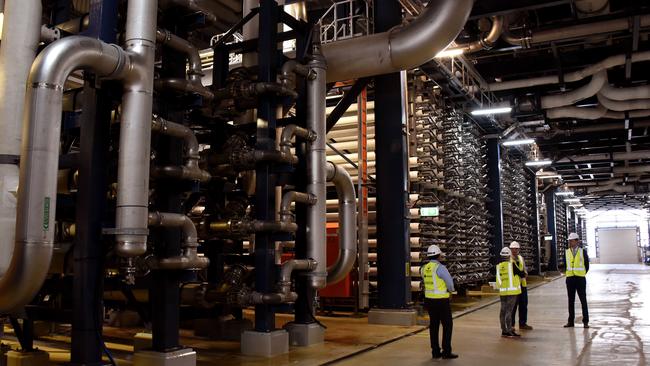
The plant, striped dark blue and green, sits 1.2km from the sparkling waves of Tugun beach and next to the expanding Gold Coast Airport, which provides a quirky soundtrack of roaring jet engines and bird-scaring gunfire.
Far from hiding the controversial facility, SEQWater jumps at the Bulletin’s request for a tour — and the Government PR machine sees us joined on the day by the facility’s hard-hatted managers and Water Minister Mark Bailey.
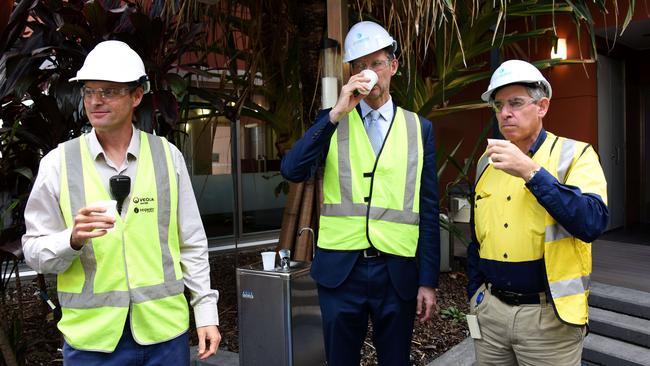
“It’s an important part of our water security — when other parts of the grid get knocked out, it kicks in,” the Minister says.
“It’s been controversial over the years but it’s getting used more and more now.
“As our population grows, it will get used more and more.”
As Scott shows our fluoro-vested group through the sci-fi-looking warehouse stacked with the tanks and pipes of the reverse osmosis system it’s hard to imagine anyone could be so enthusiastic about polysulfone membranes.
He and the other 23 permanent staff of the plant are defiantly proud of the place — they’ve had to be. One staffer, who doesn’t want to be named, snorts at its “rustbucket” moniker.
“It’s all aluminium and super-coated steel,” he says, waving his arm across the tanks where seawater sits waiting to be processed. “There is word out there that it’s all rusting but it’s a pristine asset. I really don’t know where the perception comes from.”
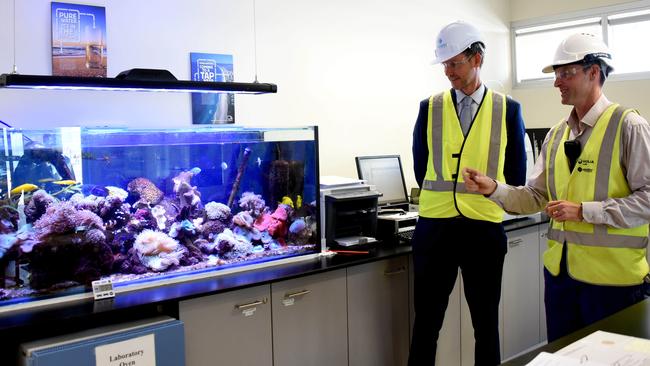
The annual power bill has been reduced from $15 million in 2011-12 to less than $13 million for 2016-17, largely because of a 2013 switch to “hot standby mode”, where it runs at minimum capacity three times a fortnight to keep it operational.
The Queensland Audit Office in 2013 found the decision to build the plant was “an appropriate response to the severe drought circumstances at the time”.
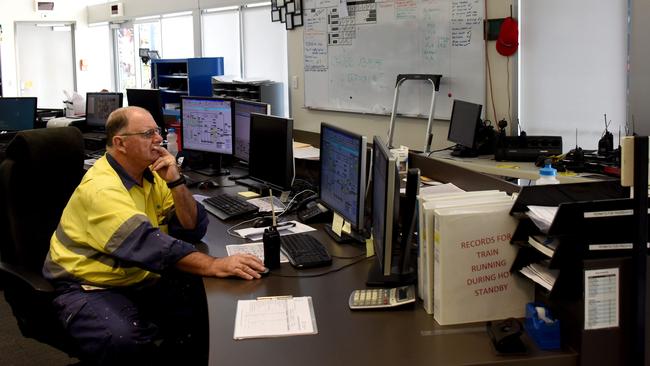
However, “as no robust business case was developed for the Gold Coast Desalination Plant, the decision on the capacity of the plant did not benefit from the rigorous cost-benefit analysis that is required to be applied to such large scale investments,” the report said.
Scott believes the plant has since proven itself — and that its value as an insurance policy is priceless.
“When there’s no water in the dams, what do you do? When you turn on the tap and there’s nothing there? Australia is the country of droughts and flooding rains — for absolute certain there will be another drought.”
TUGUN DESALINATION PLANT BY THE NUMBERS
* 133 million litres produced daily when at full capacity
* 600,000 number of people plant can supply
* 50 bars of pressure used in reverse osmosis process
* 17,000 number of tubes of rolled polysulfone membranes
* 15 number of square kilometres of membrane
* 72 number of hours it takes for plant to reach full capacity
* 13 million dollars spent on powering the plant each year
HOW IT WORKS
* Seawater is drawn through an inlet 1km from the Tugun foreshore, 20m deep, at a pressure low enough to prevent fish and animals being sucked in with it;
* It enters the plant and passes through a screen which removes particles over 3mm before being pumped through a finer filter which removes even more;
* Seawater is pushed through a synthetic membrane which removes salt and other minerals — some water needs to pass through the system twice;
* The freshwater is demineralised and completely pure — too pure — for humans to drink long-term. Carbon dioxide, lime and fluoride is added;
* The treated water is mixed with the regular supply and piped to where it’s needed — through the Gold Coast, Logan and to Brisbane;
* About half the volume of water taken from the sea is returned there after the process at a higher salt concentration, which is dispersed underwater and mixes to the same concentration as the surrounding sea within 200m of the outlet.


